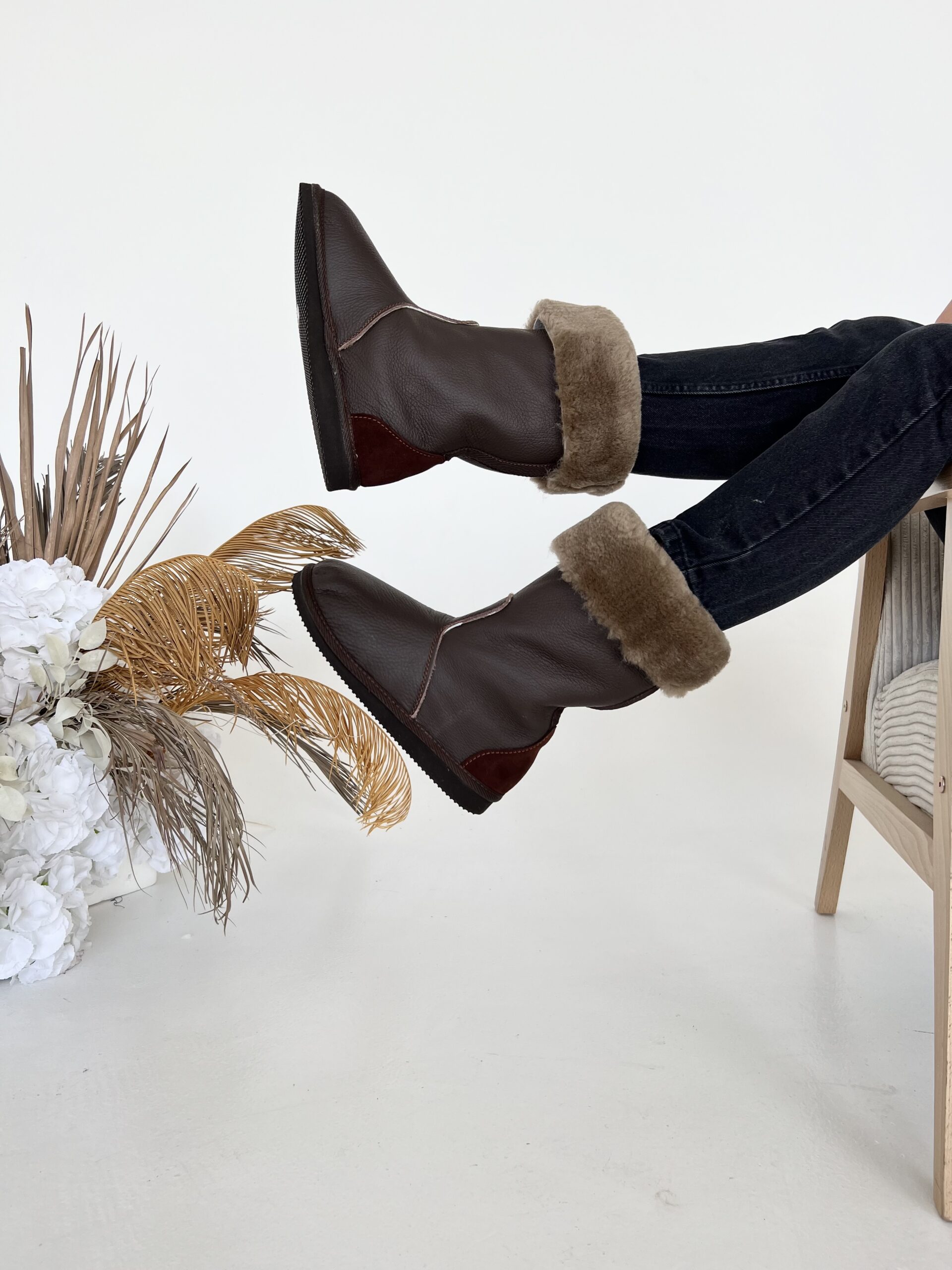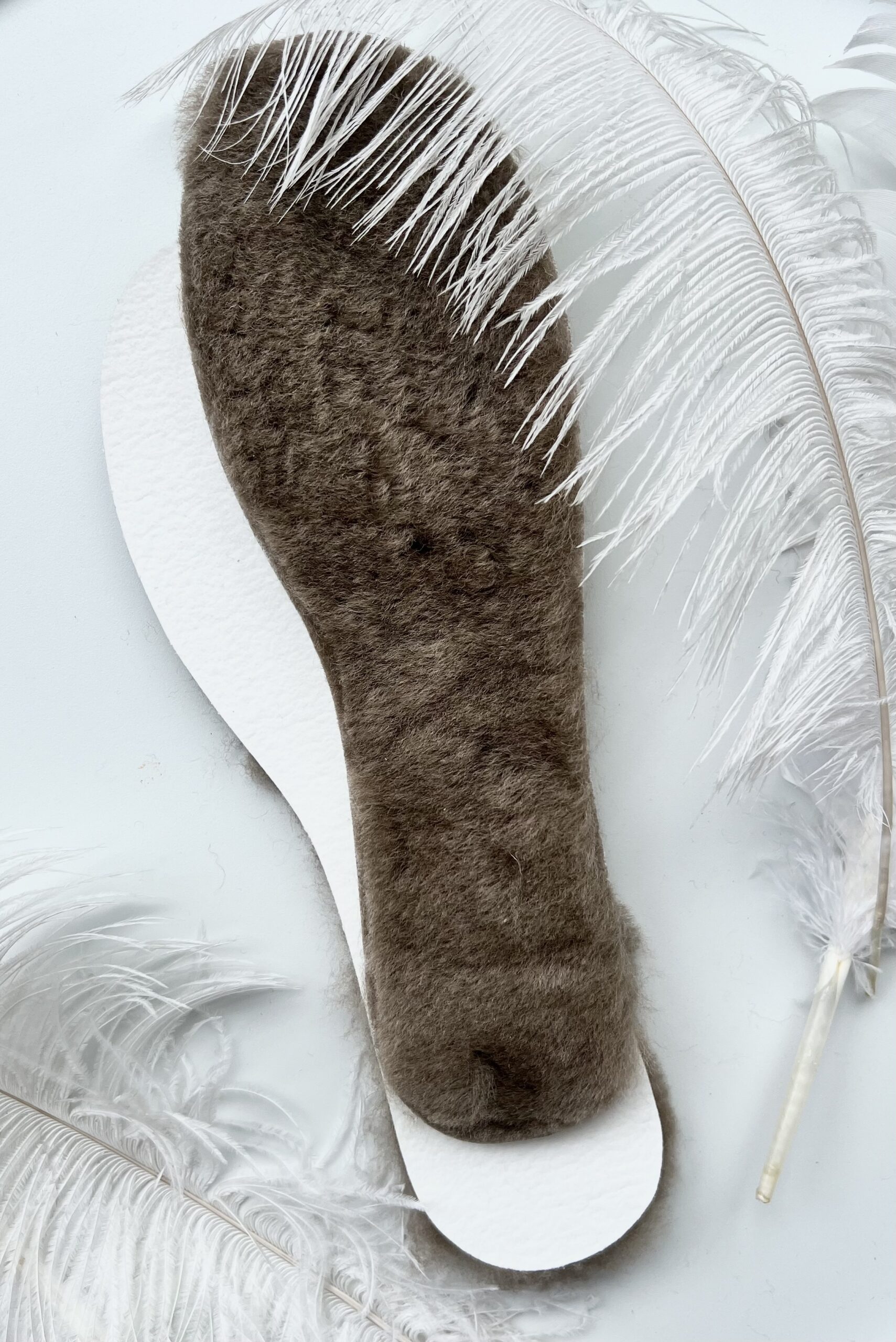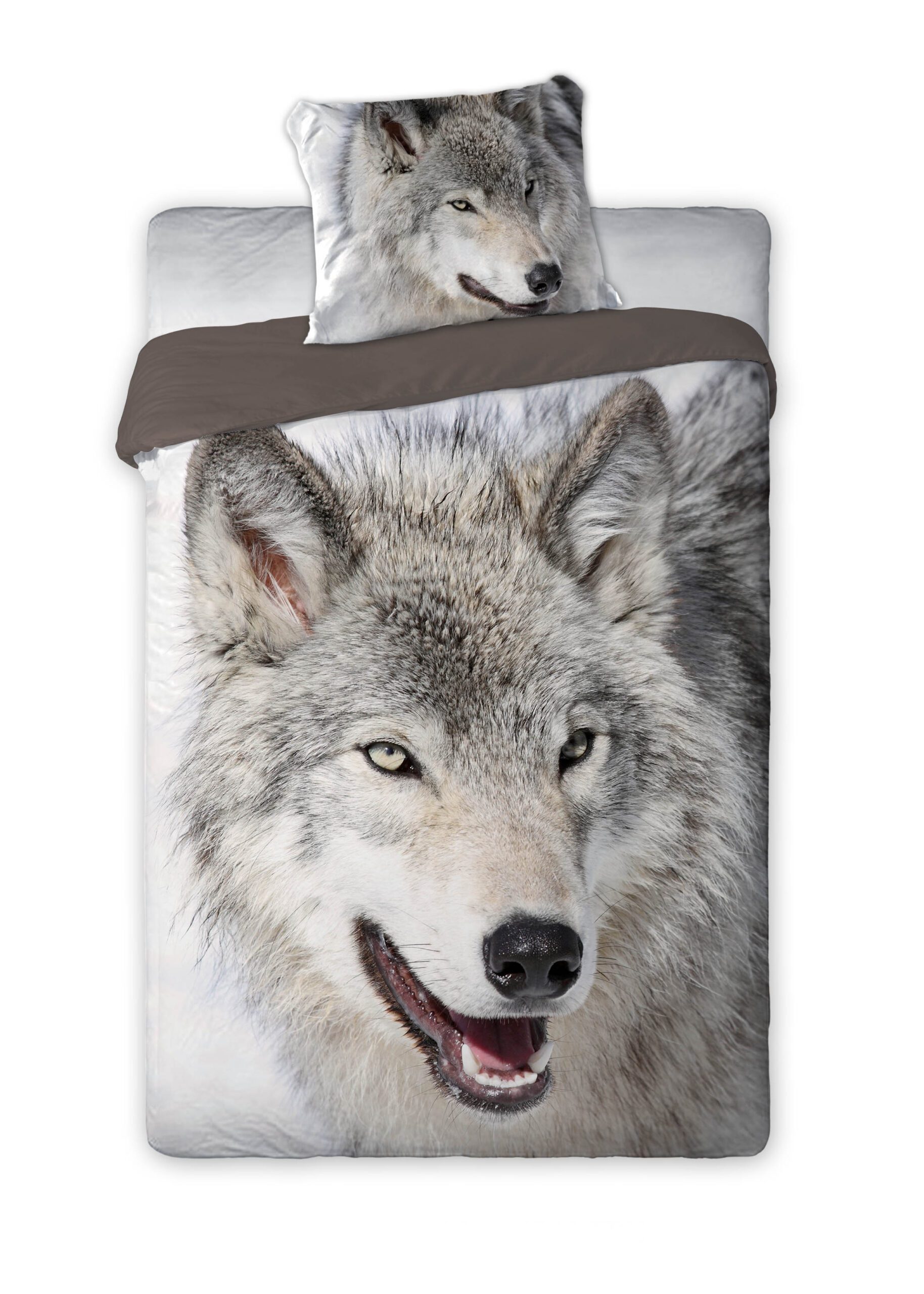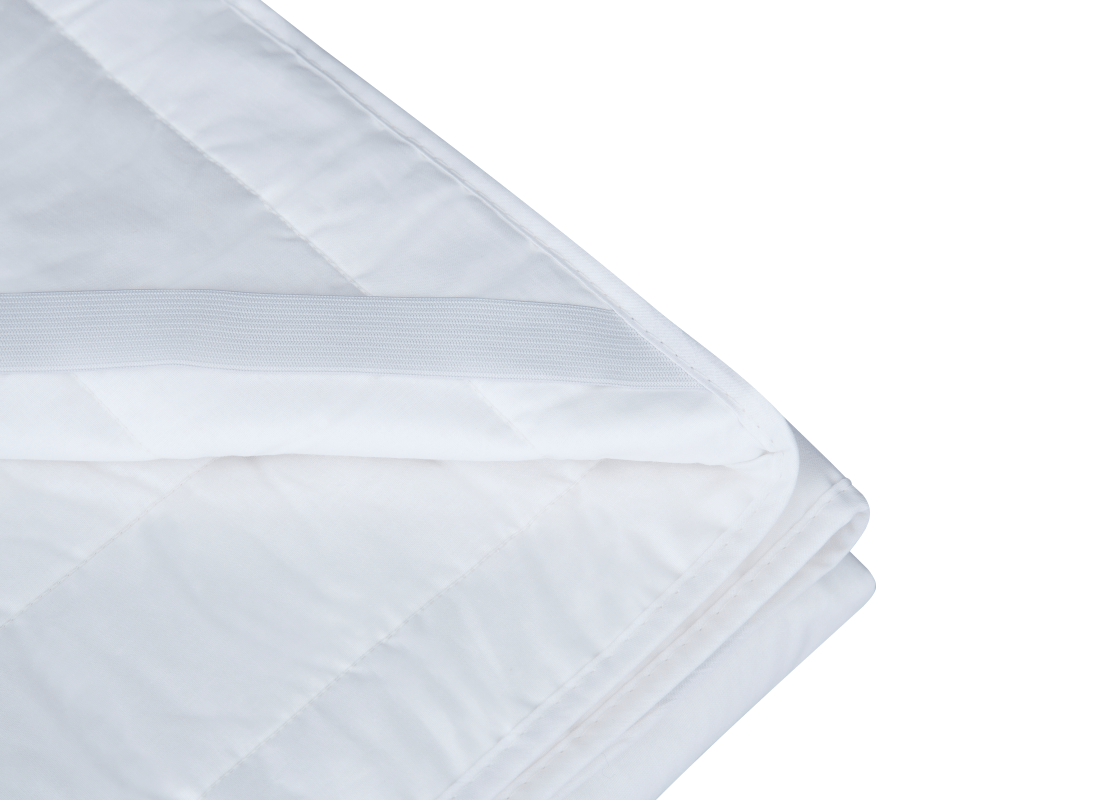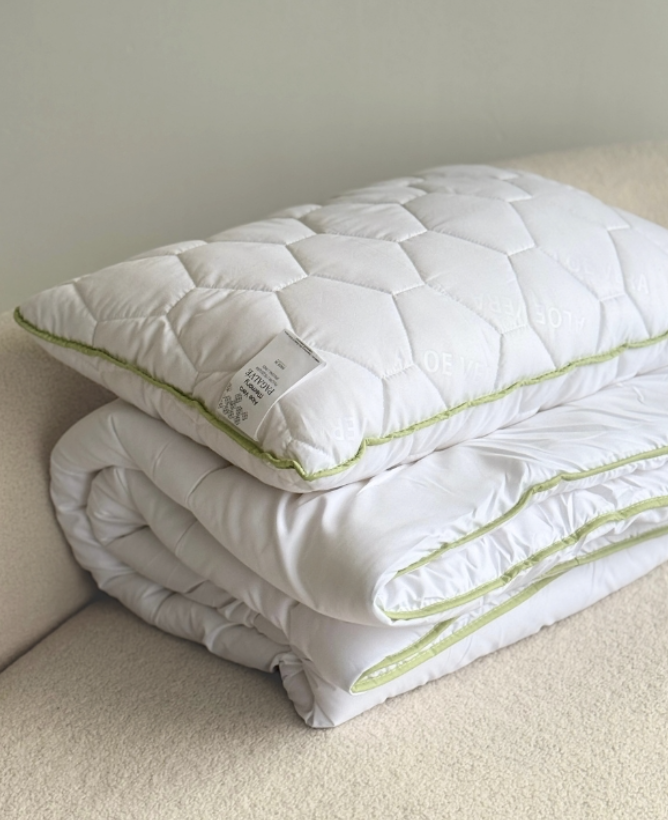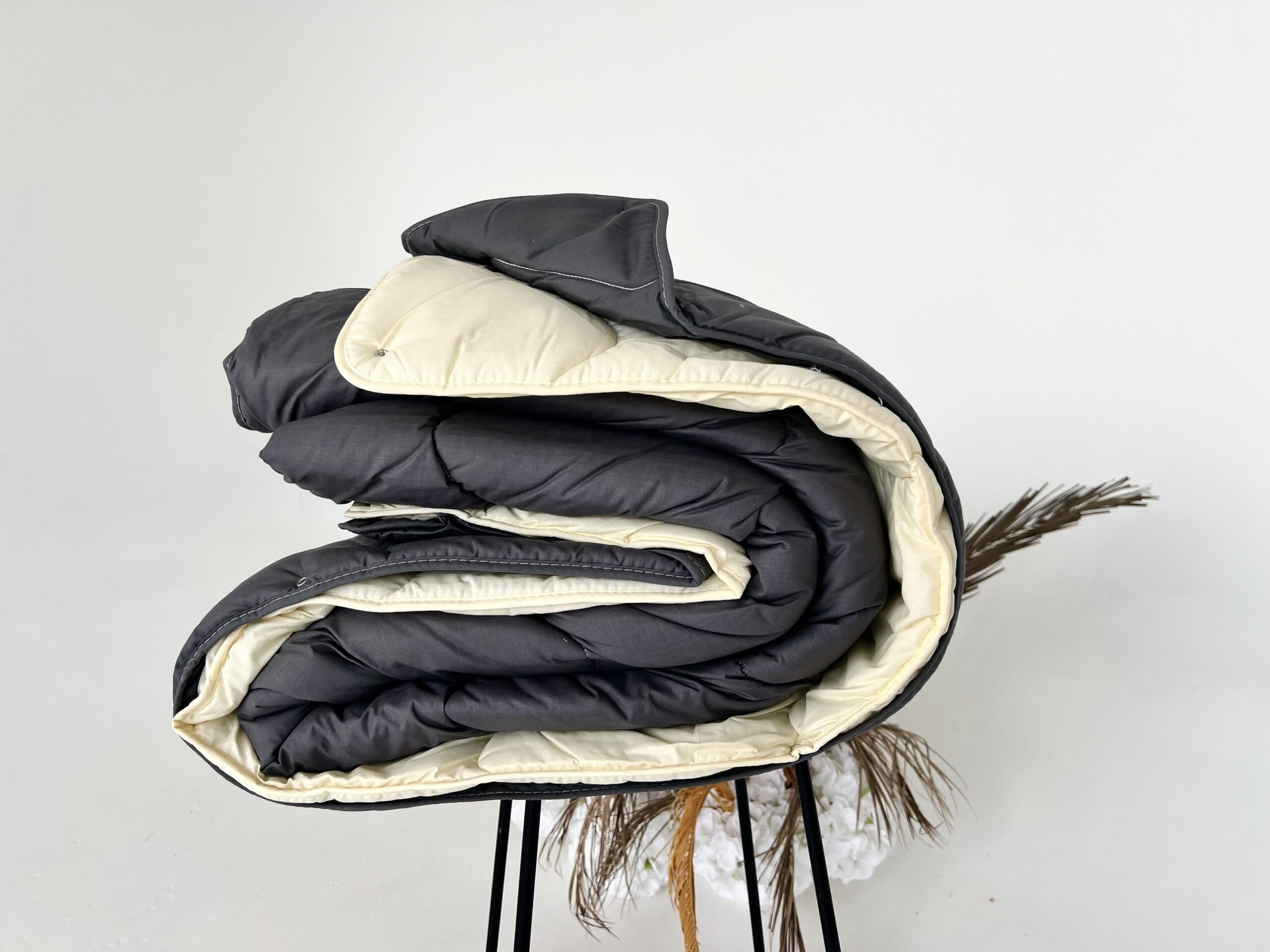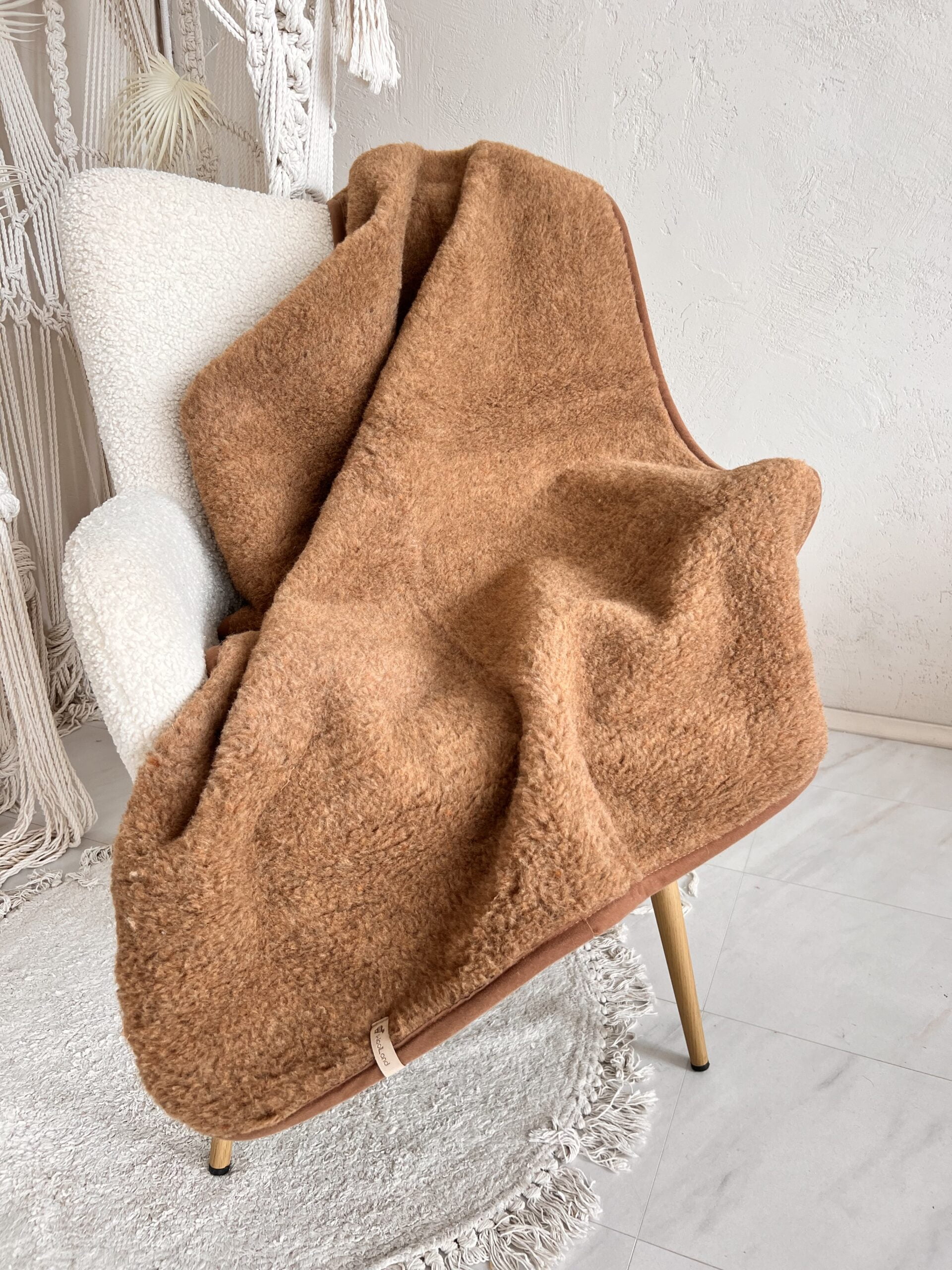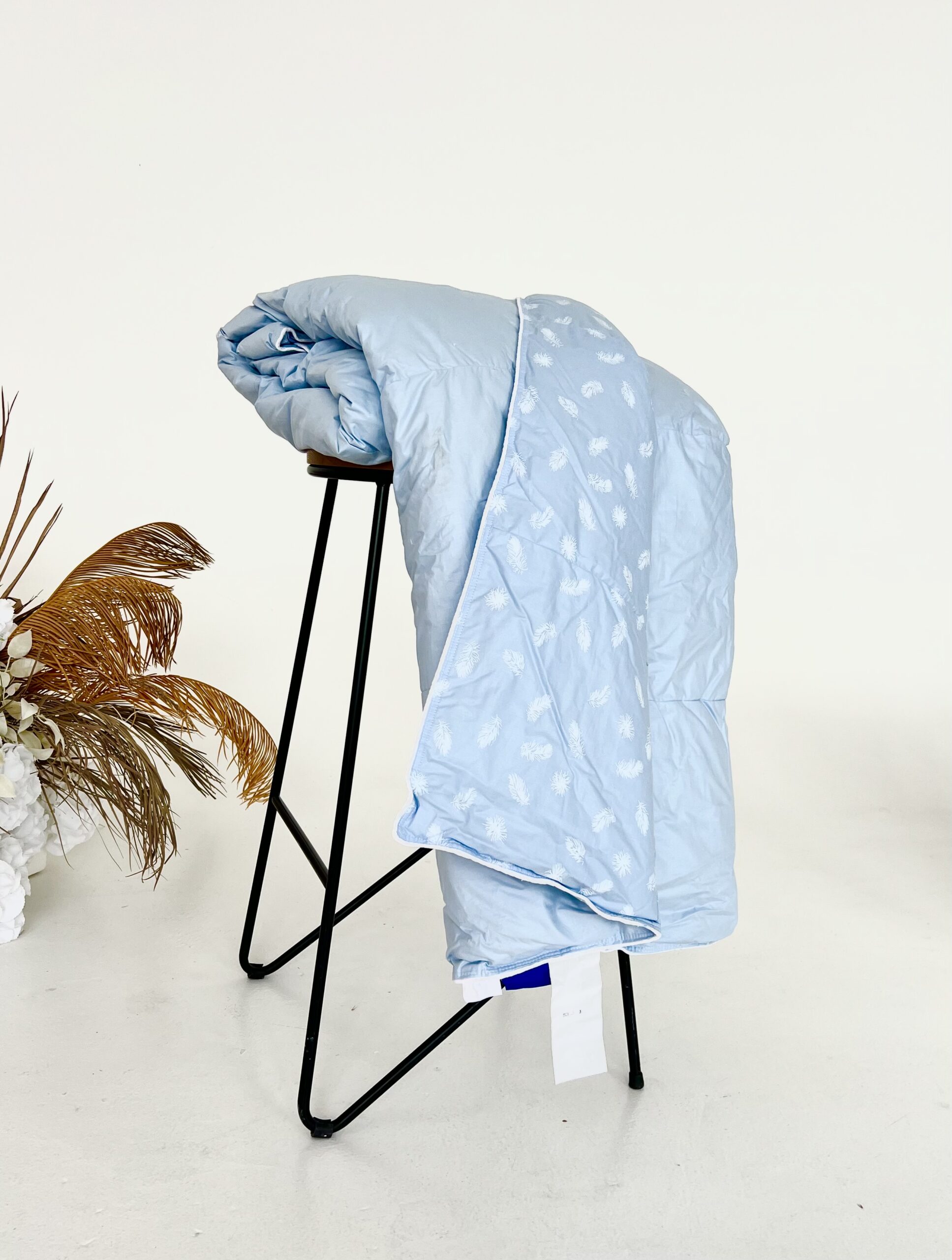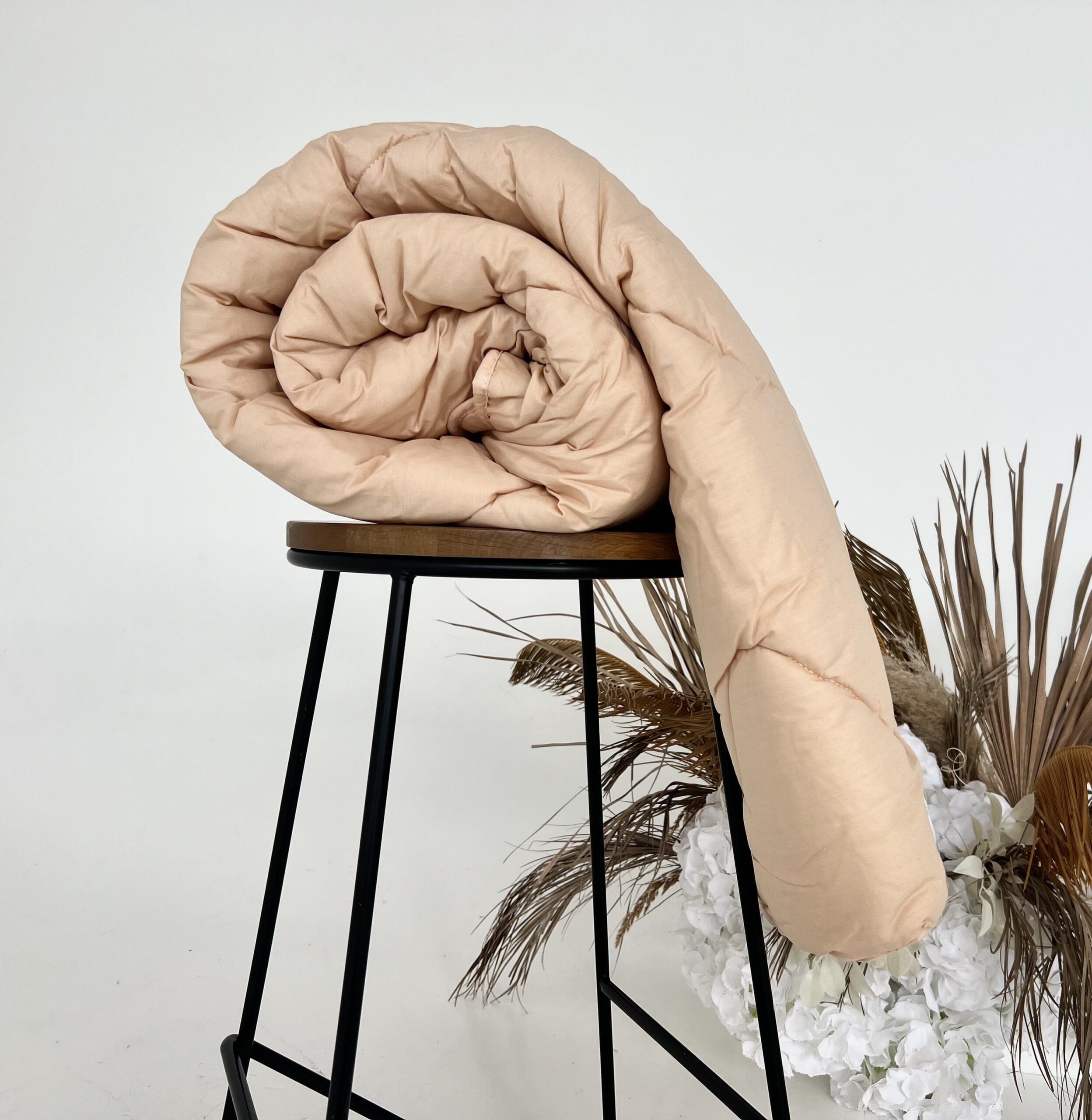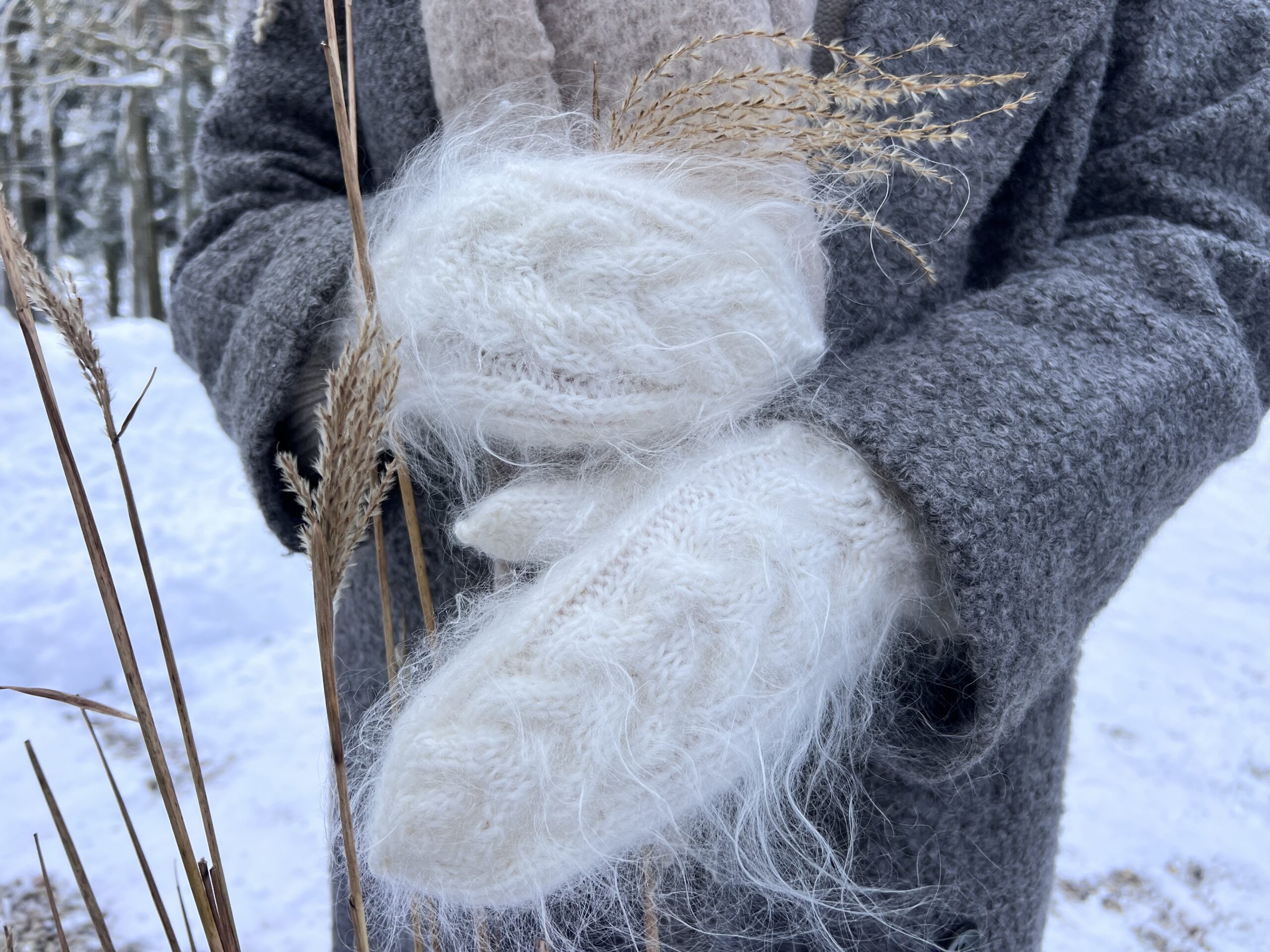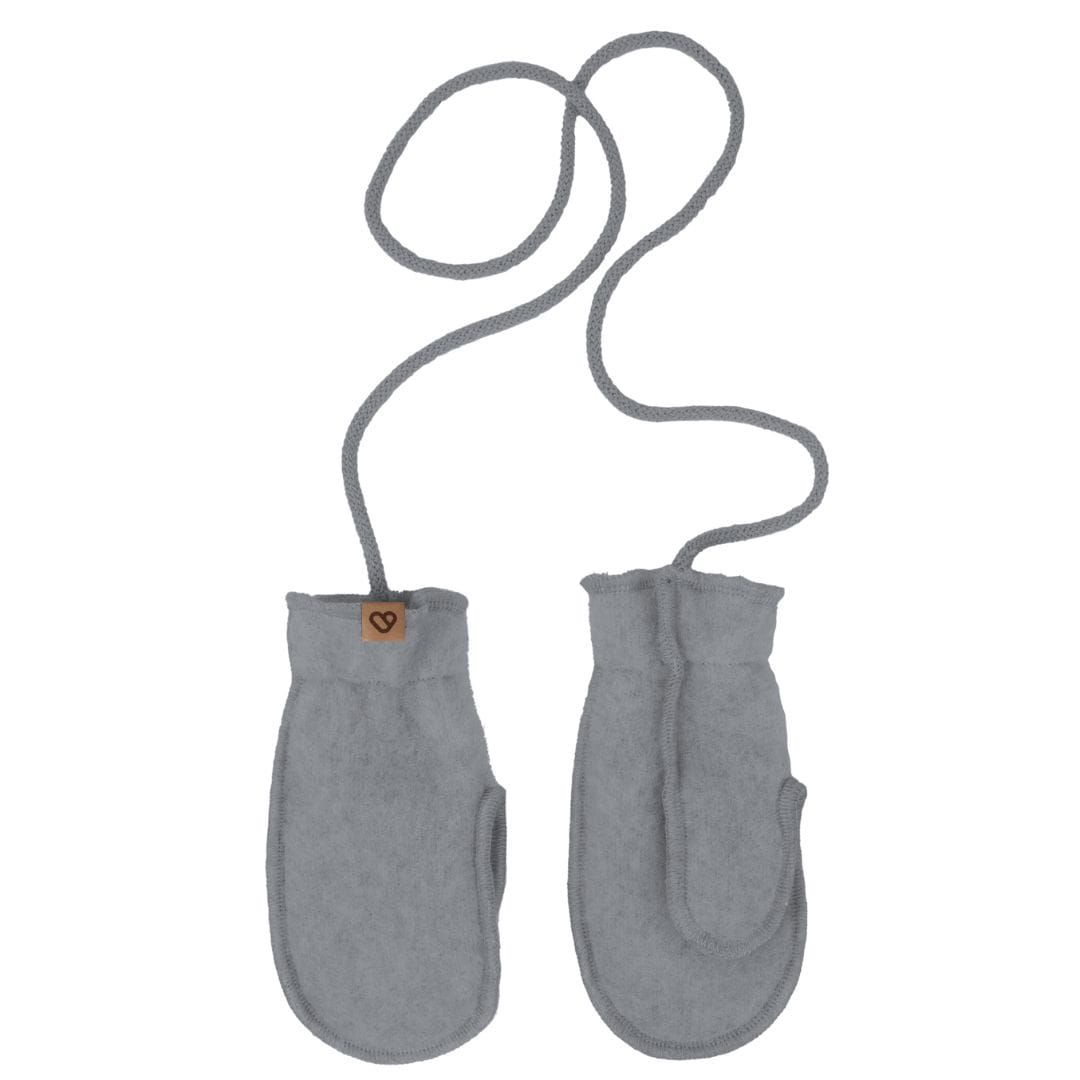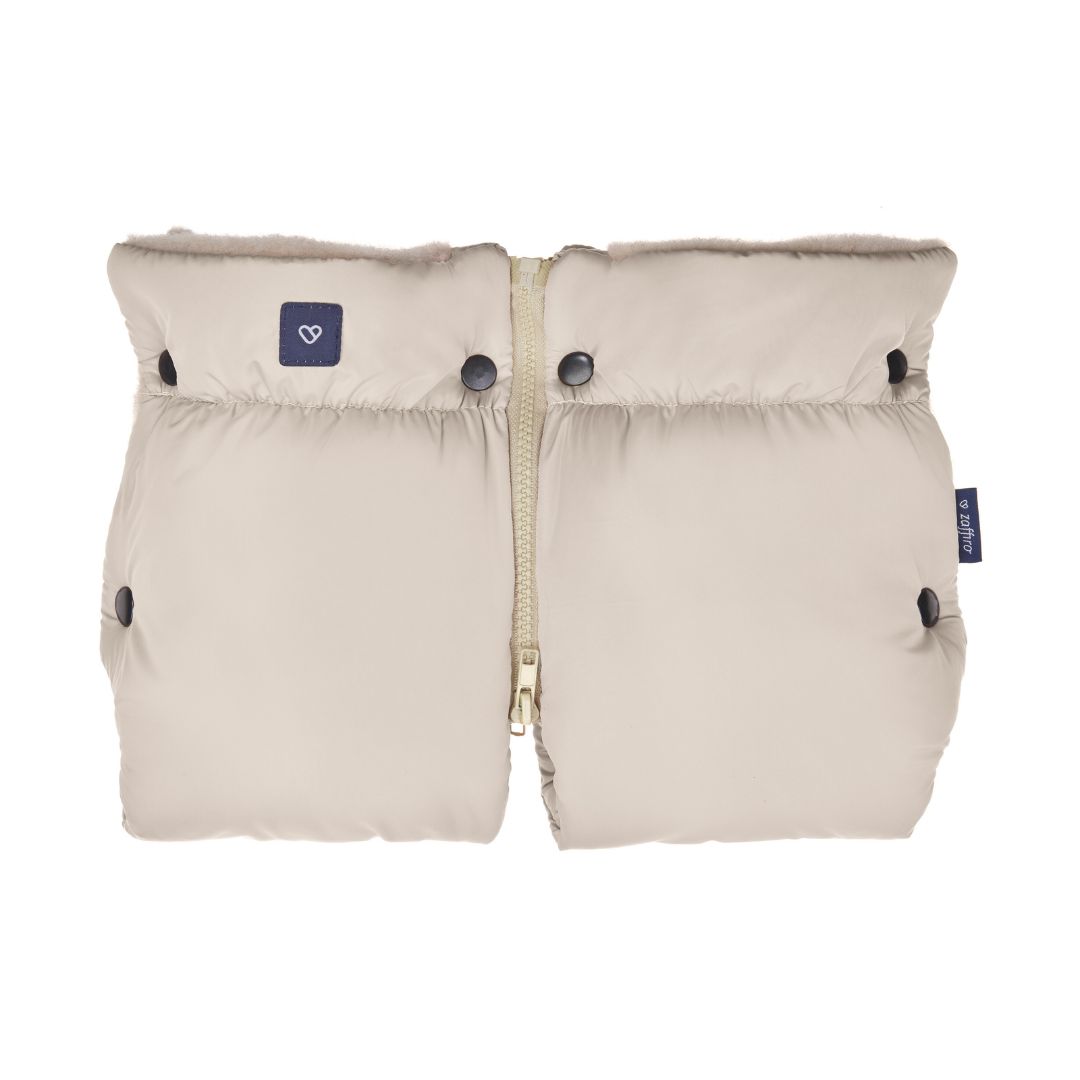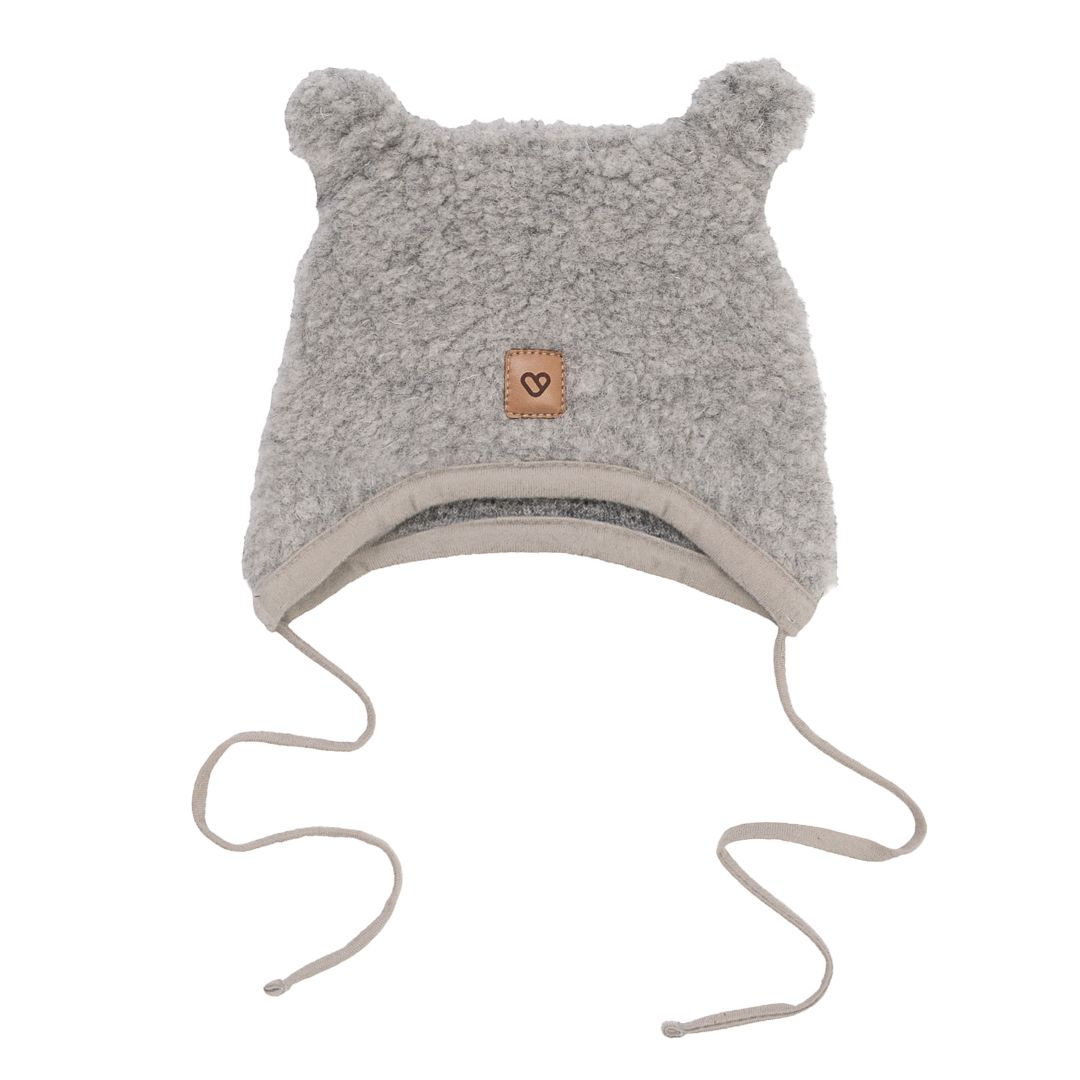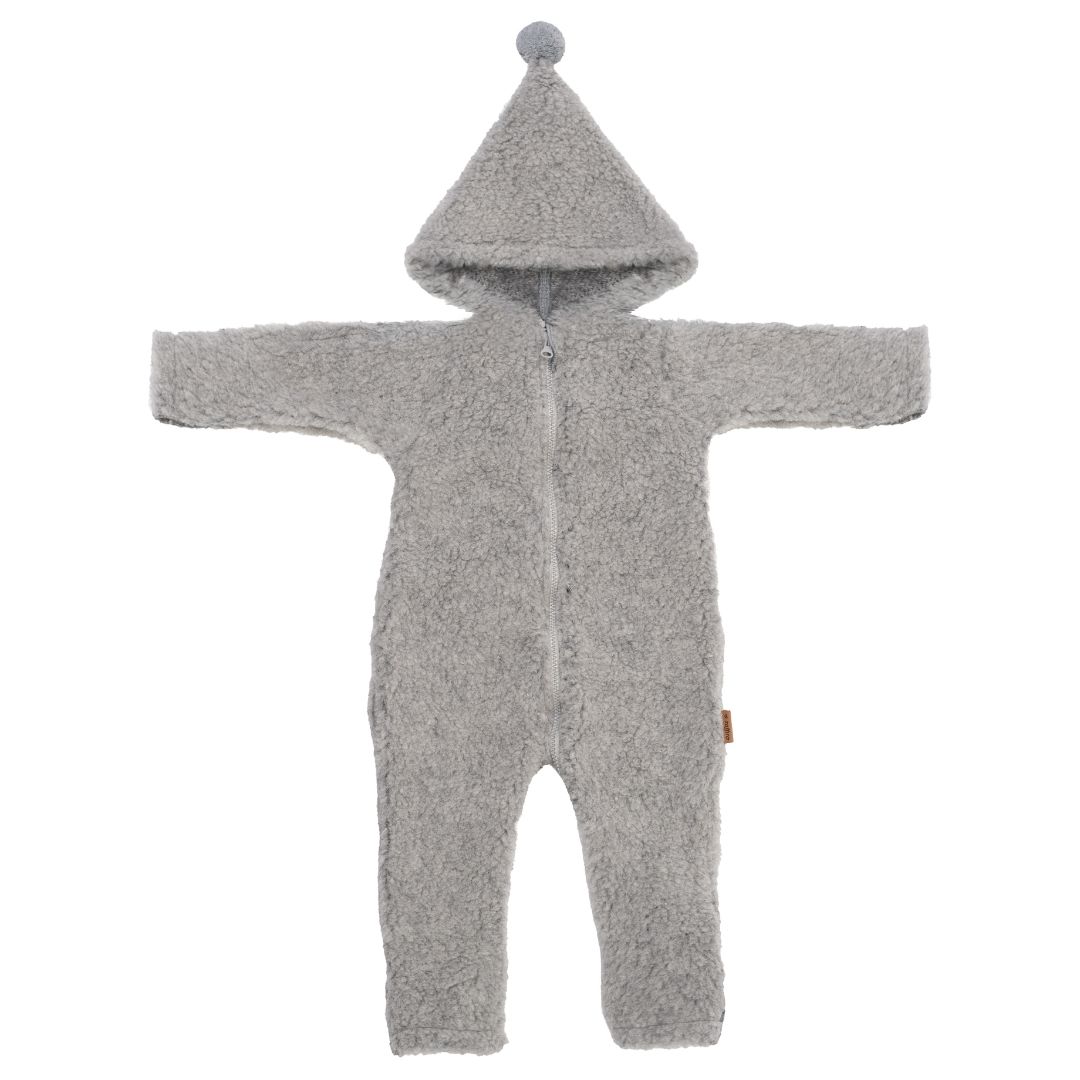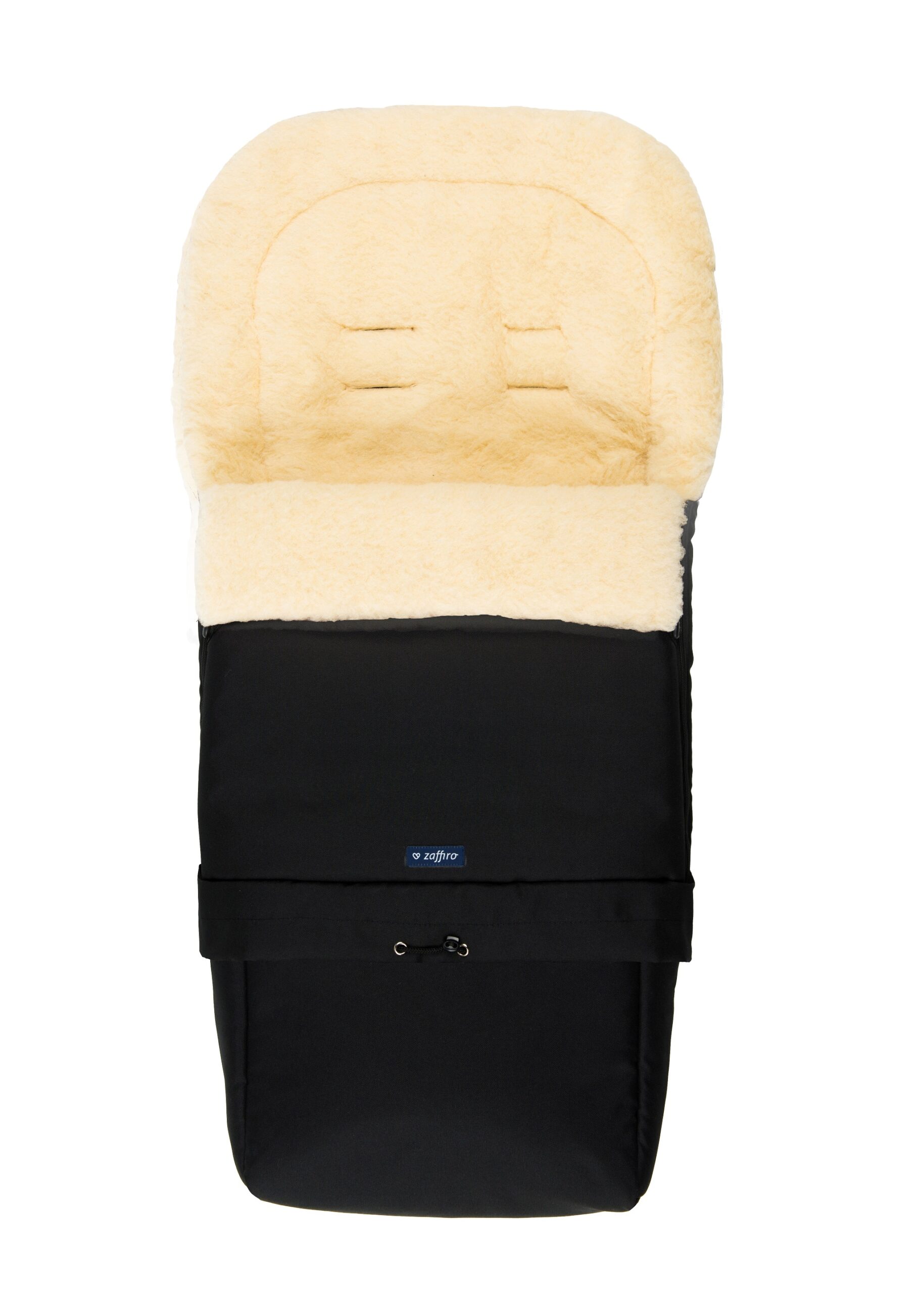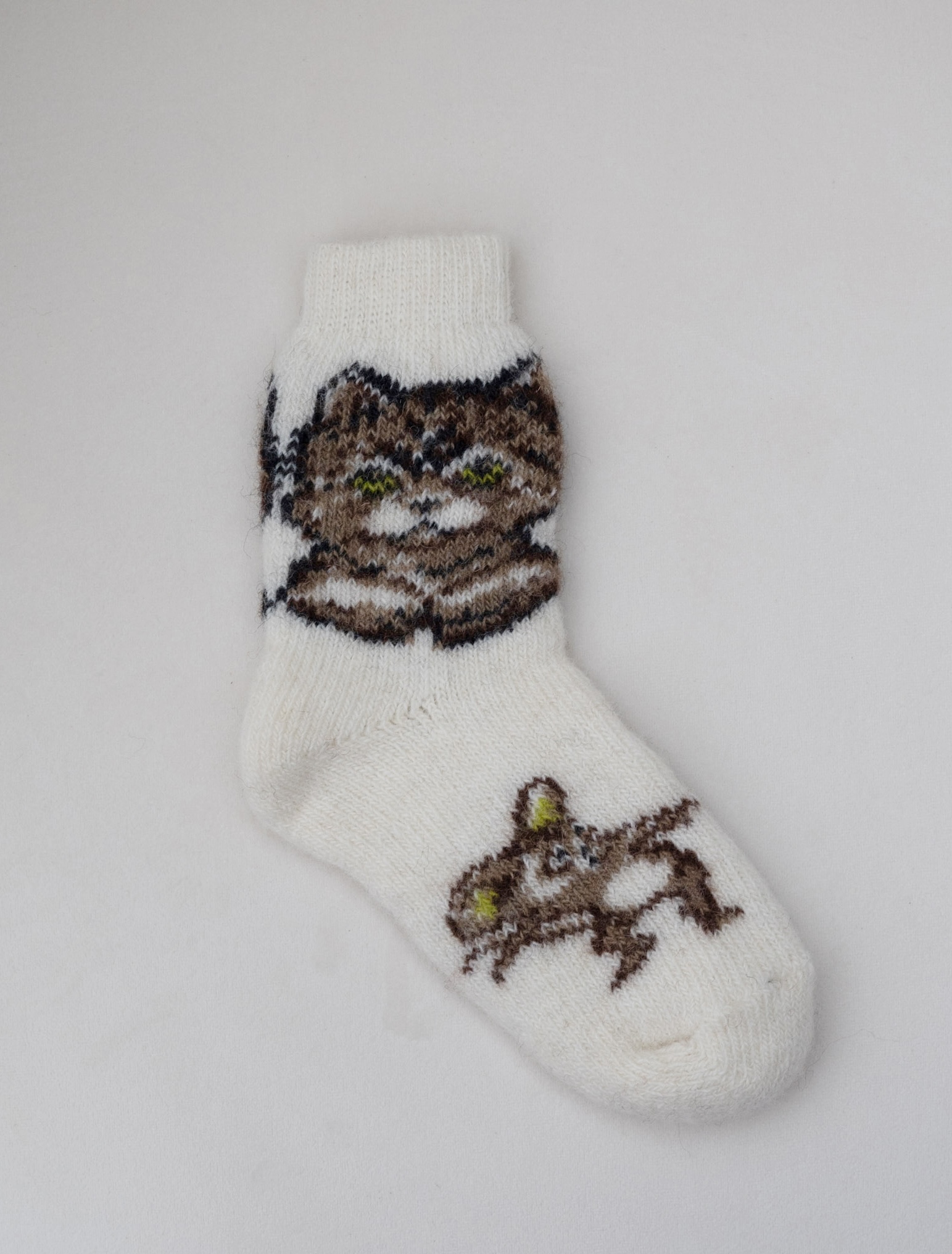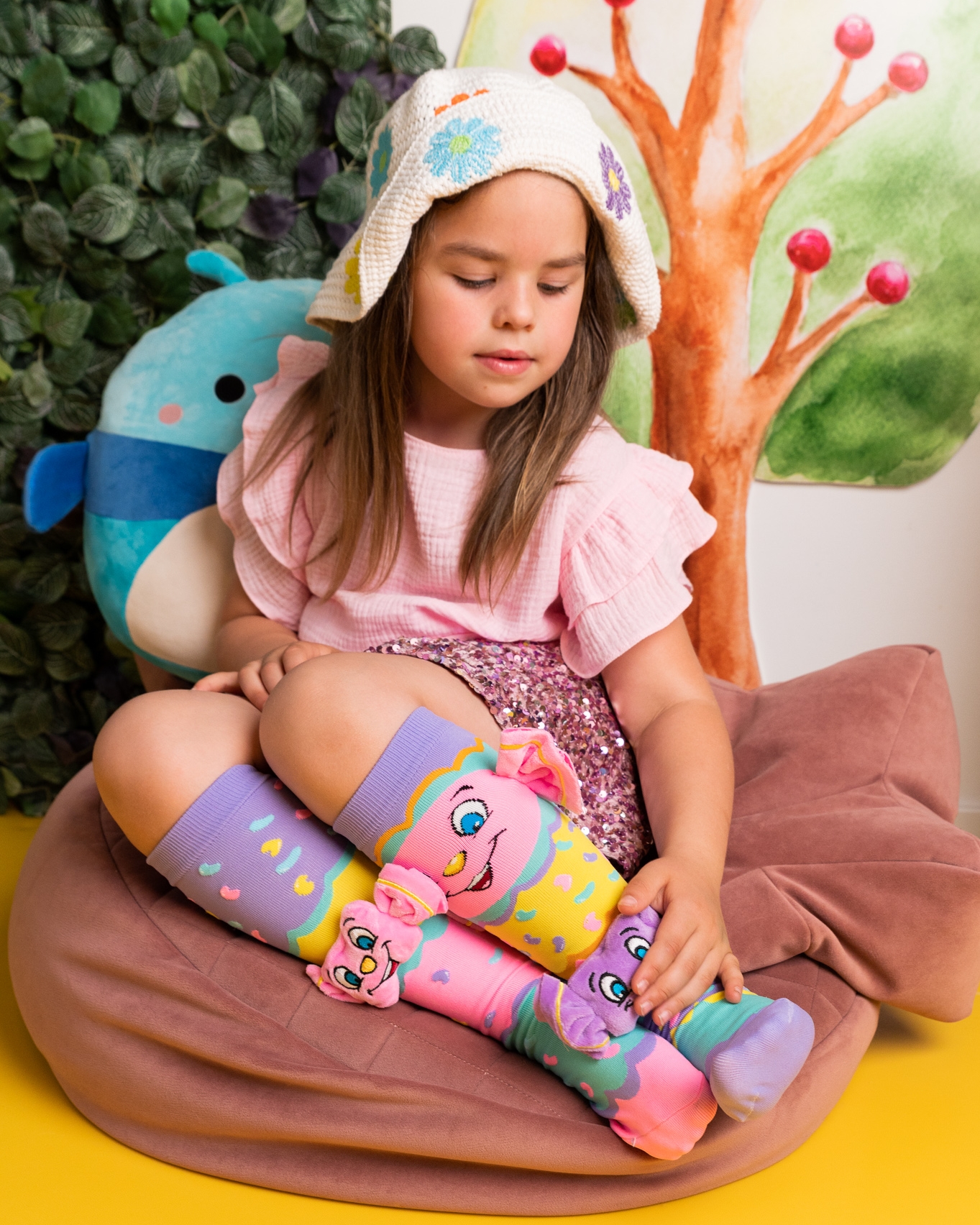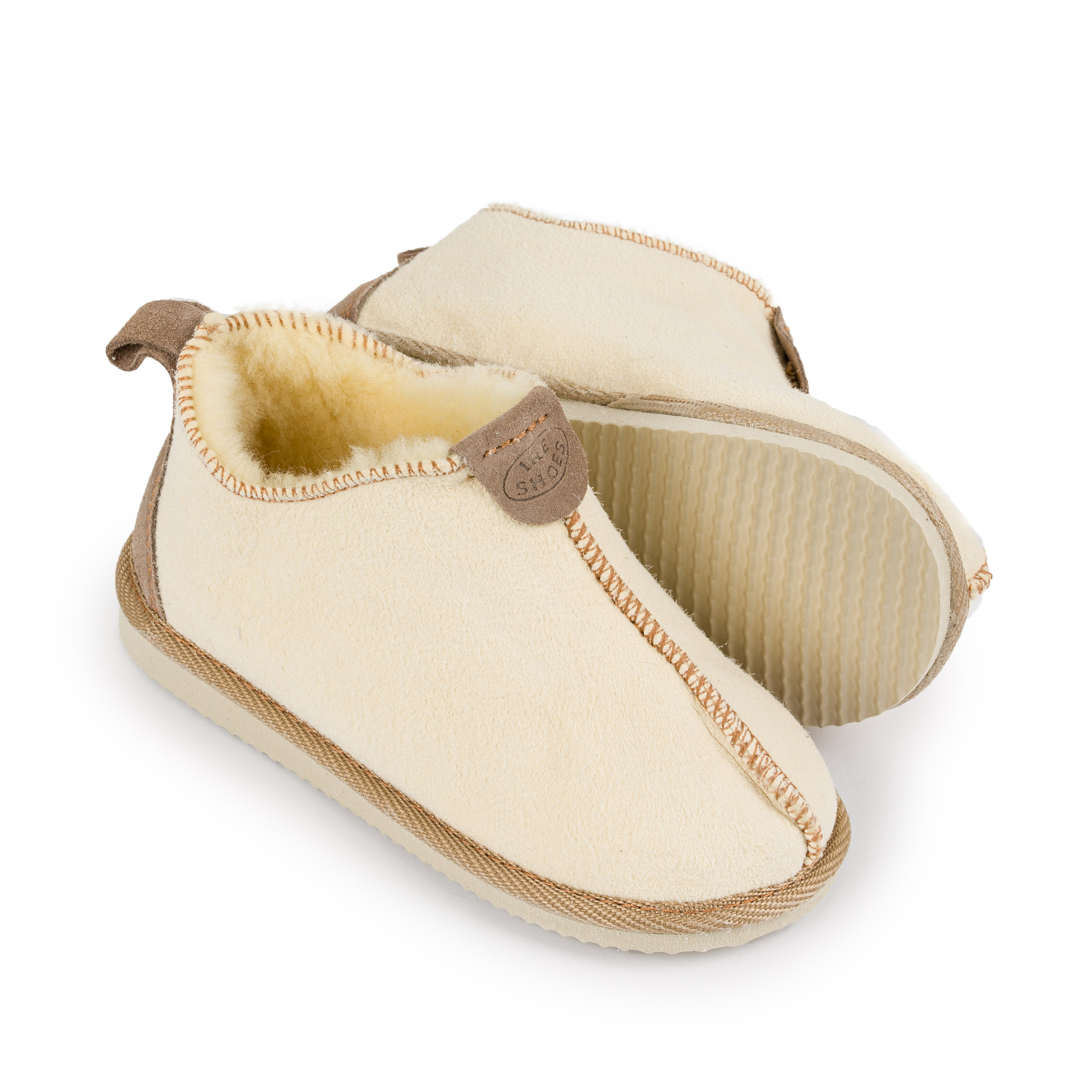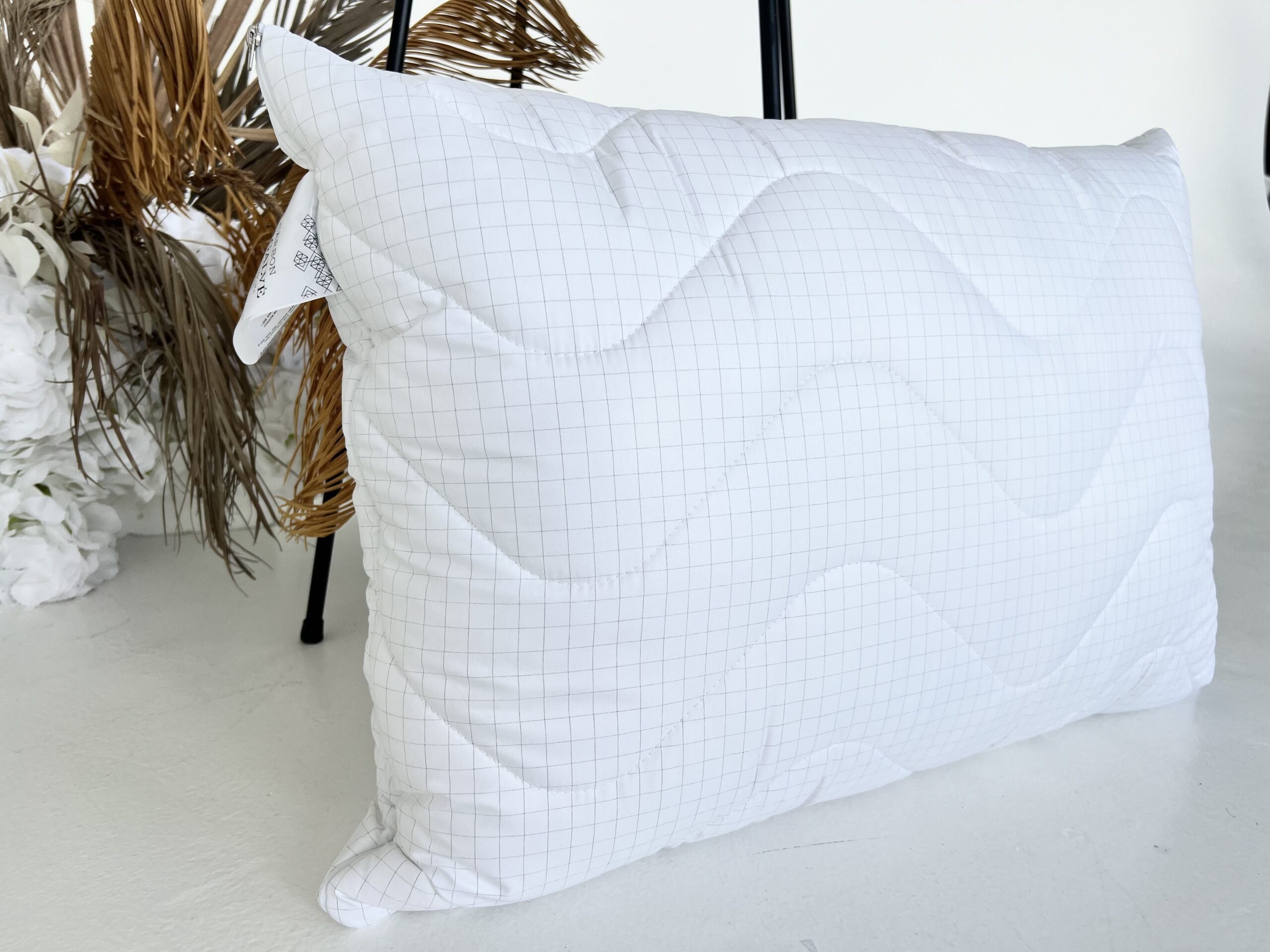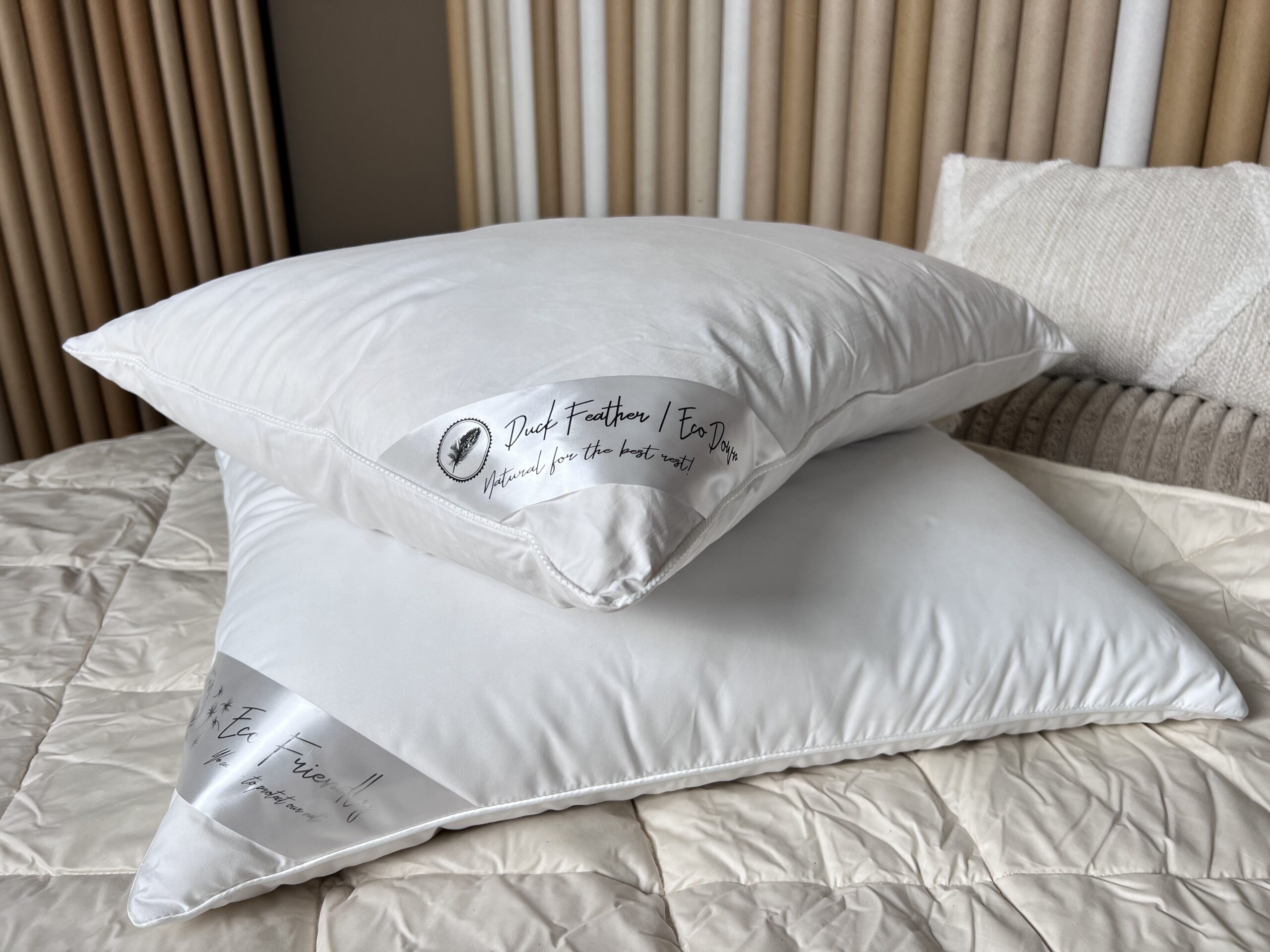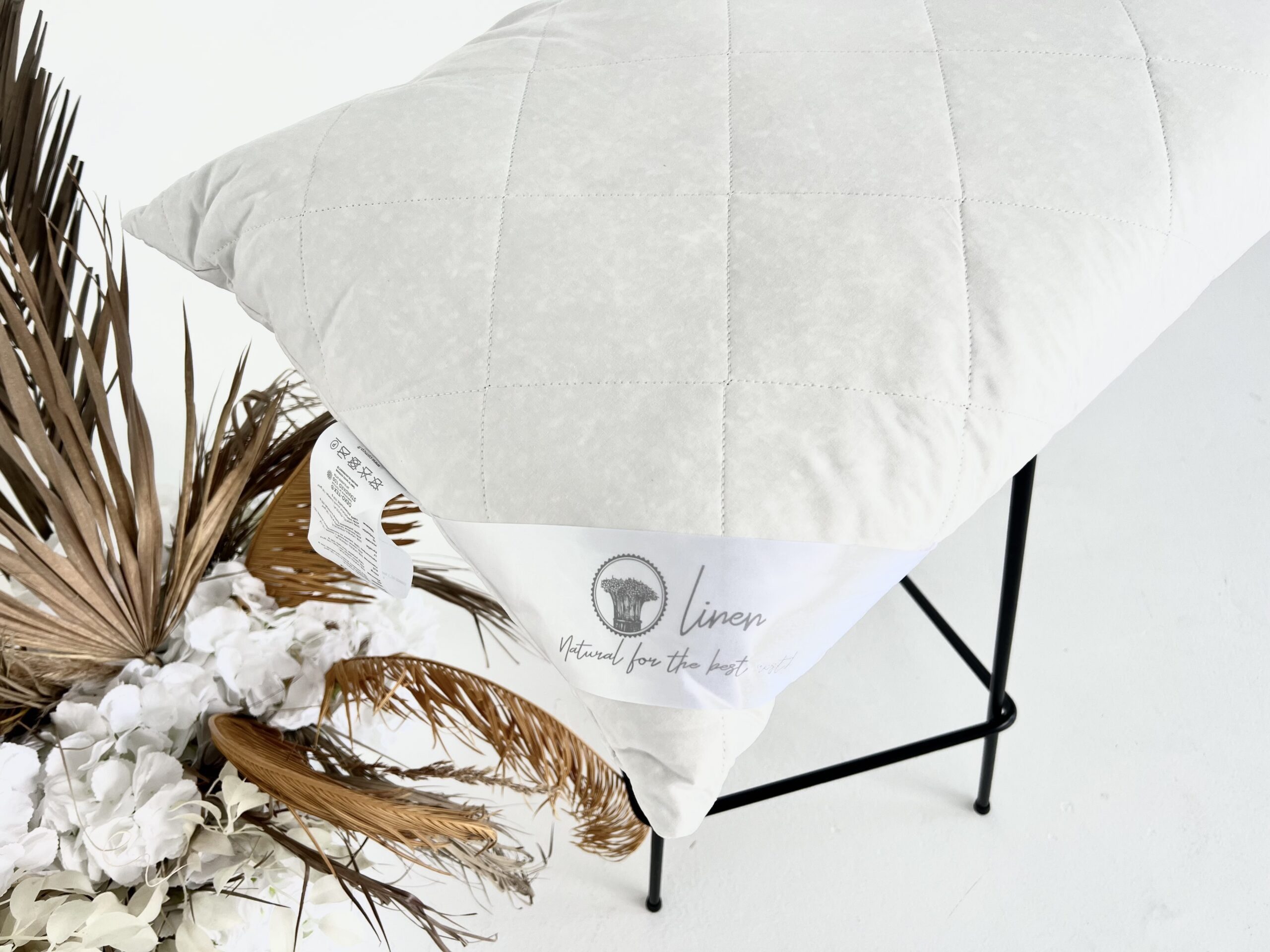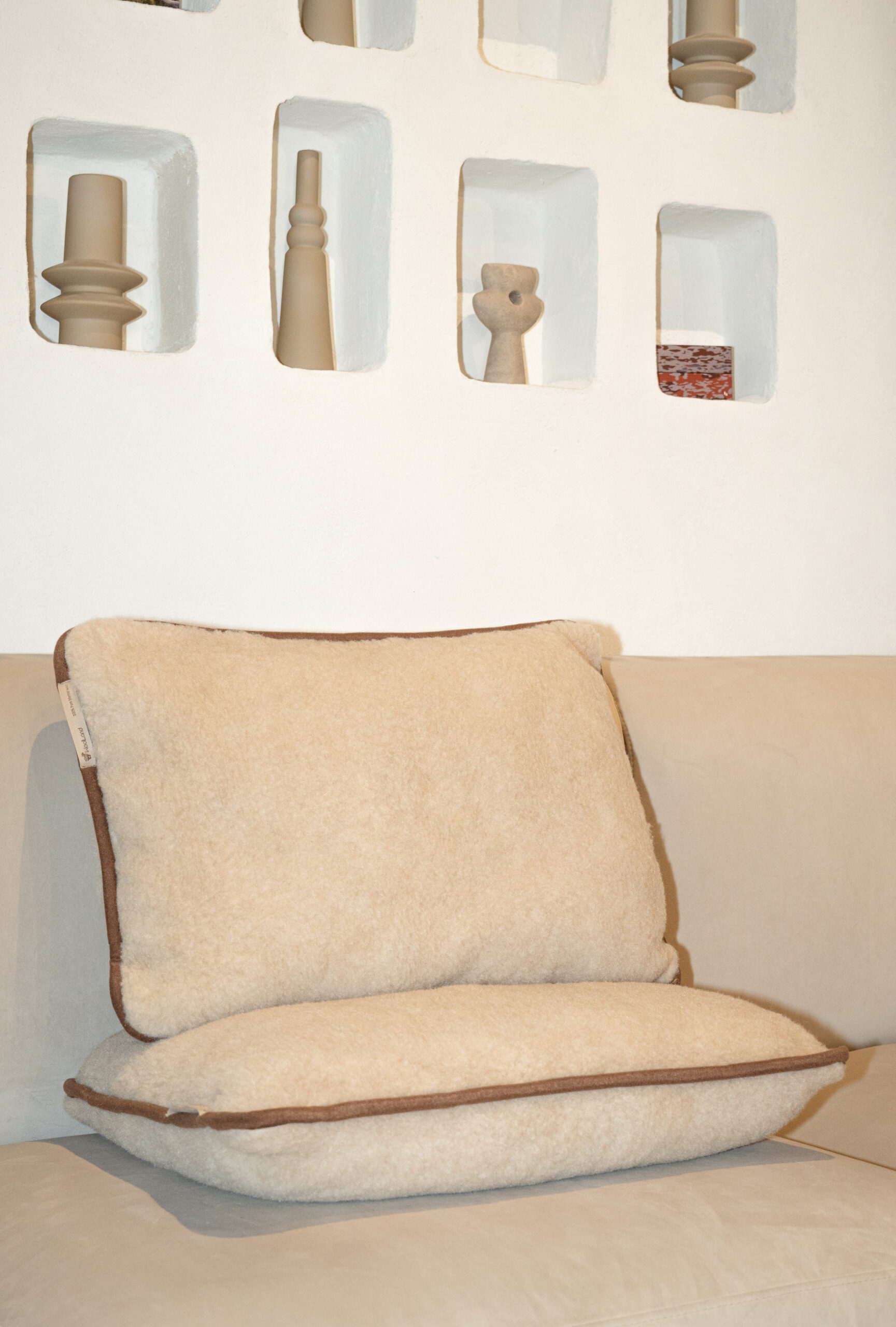Storing Wool Products: Best Practices for Longevity
Storing Wool Products: Best Practices for Longevity
When you invest in high-quality wool products, such as those offered at Woollando, it's natural to want to ensure they remain in pristine condition for as long as possible. Whether it's bed linen, blankets, clothes, or other woollen items, proper storage plays a crucial role in preserving their warmth, softness, and natural elegance. In this guide, we share essential tips and best practices to help you store your wool products correctly, ensuring they remain as luxurious and functional as the day you bought them.Why Proper Wool Care Matters
Wool products are renowned for their durability, warmth, and luxurious feel. However, as a natural fibre, it requires thoughtful care. Without appropriate storage, wool can be susceptible to damage from pests, moisture, and environmental factors. By following a few simple but important practices, you’ll protect your wool items and get many seasons of comfort and use out of them.Preparing Wool for Storage
Before storing your wool products, it's vital to clean and prepare them properly:
✅ Wash and Dry Thoroughly
Follow care labels – Always read the manufacturer’s care instructions.
Use wool-safe detergents – Choose a mild, wool-specific detergent.
Avoid fabric softeners – These can damage the fibres and reduce softness.
Ensure items are completely dry – Damp wool is prone to mould and mildew.
Optimal Storage Conditions
Wool is sensitive to its surroundings. Here’s how to create the best storage environment:
Cool and Dry – Choose a storage area with low humidity to prevent moisture damage.
No Direct Sunlight – UV exposure can cause wool to fade and become brittle.
Pest Prevention – Use cedarwood balls, lavender sachets, or other natural repellents to deter moths and insects.
Choosing the Right Storage Containers
The container you use matters just as much as the conditions:
Breathable Bags – Use cotton or linen storage bags to allow airflow while protecting from dust and pests.
Avoid Plastic for Long-Term Storage – Plastic can trap moisture and encourage mould.
Vacuum-Sealed Bags (Short-Term Only) – Useful for space-saving, but prolonged compression can harm wool’s structure.
Storing Different Types of Wool Products
Various wool items have unique storage needs. Here we provide specific tips for some of the popular products we offer at Woollando.Bed Linen
Our bed linens, crafted from premium wool blends, require special care.Fold neatly to avoid deep creases.
Store in a breathable bag in a shaded, dry cupboard or drawer.
Blankets and Throws
Roll instead of fold to reduce crease lines.
Add natural repellents like cedar balls to deter pests.
Clothes
Use padded hangers to help garments retain shape.
Fold heavier items (e.g., coats or thick jumpers) and store them flat to prevent stretching.
Seasonal Rotation
Rotating your wool products seasonally helps maintain their condition:
Winter to Summer
Clean thoroughly at the end of the season.
Roll or fold, then store in breathable bags away from heat and humidity.
Summer to Winter
Inspect for damage from moths or moisture.
Air out wool items before use to restore fluffiness and remove any stale odours.
The Woollando Difference
At Woollando, we’re passionate about providing premium wool products that bring comfort, sustainability, and style into your life. From Merino wool bed linen to Alpaca throws and elegant clothing, each product is thoughtfully crafted to offer enduring quality and warmth.
With proper storage and care, our wool items will serve you beautifully for many years, season after season.
Conclusion
Proper storage is essential for preserving the look, feel, and quality of your wool products. Whether you're packing away luxurious bed linen, rolling up cosy blankets, or storing seasonal wool garments, a little attention now will reward you with years of comfort and satisfaction.
At Woollando, we celebrate wool in its most natural and beautiful form. Take good care of your wool, and it will continue to take care of you.







